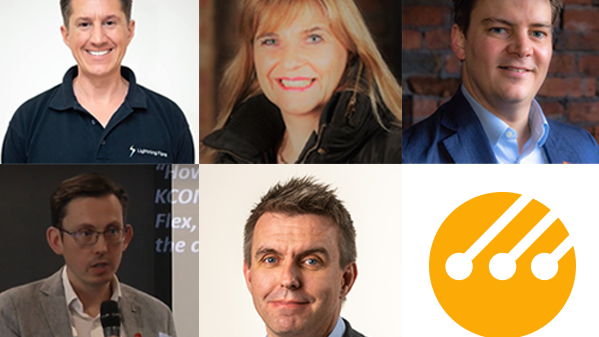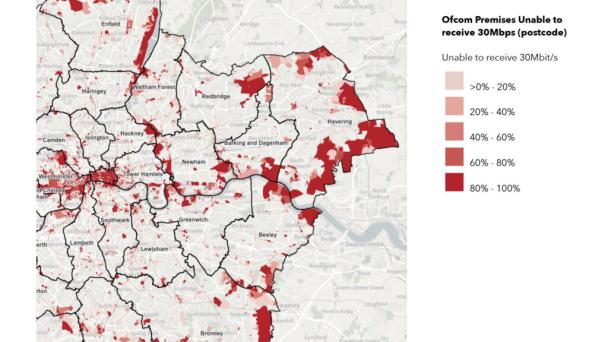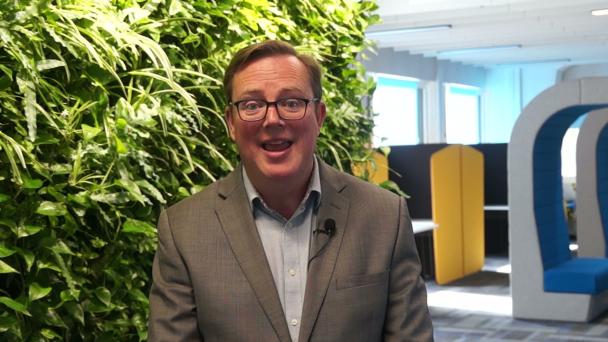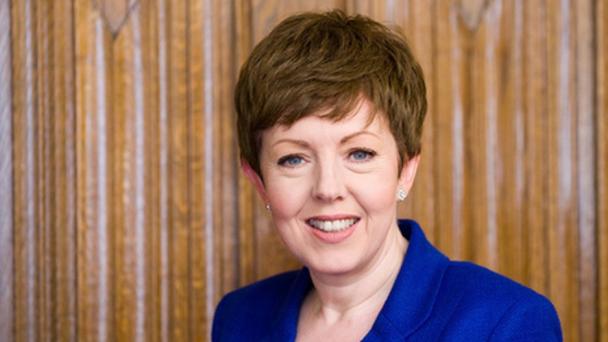Commsworld and Alncom have partnered to boost connectivity for retail motor group Tustain Motors, headquartered in Alnwick and with dealerships across rural areas of England and Scotland.

Only around 53 per cent of those eligible for social tariffs are currently aware of their existence. For this reason, uptake rates remain concerningly low. As of April 2022, only 5.1 per cent of those eligible for social tariffs had made the switch according to Ofcom, representing 220k of a potential 4.3 million households. This is against a UK market penetration rate of just over 11 per cent for fibre.
Ofcom has been vocal about pointing the finger at altnets for this missing education piece in the end user base. Awareness for social tariffs is coming predominantly from social media (25 per cent), with only nine per cent of those eligible hearing about the offers through their providers. Lindsey Fussell, Ofcom’s Network and Communications Group Director said: “Too many broadband firms are failing either to promote their social tariff or to offer one at all. We expect companies to step up support for those on low incomes, and we’ll be watching their response.”
Considering these comments, Fibreprovider.net talked to altnets offering social tariffs to understand how they are promoting the deals.
Raising awareness
Online advertising was cited by most of our contributors. Lightning Fibre, for example, advertise on social media, Google Business Profile and prominently on its website. This includes a one-click link from the home page as advised by Ofcom as best practice. Its regular customer Email newsletters refer the tariff.
It also emailed all current customers to announce a new offer and allow any eligible customer already committed to a higher-priced package to switch at any time. CEO Rob Reaks said: “Any business may be reluctant to publicise a ‘loss-making’ tariff, but it’s important to make potential and existing customers aware of the lower-priced option.”
Likewise, KCOM promotes its tariff on social media and has driven up usage of the package by 139 per cent during the last year, including 900 entirely new customers. It has also introducing an online order journey using open banking technology. Now 36% of successful applicants use Open Banking process, which removes barriers to the offline application journey.
However, as Reaks highlights: “Many of those eligible for a social tariff are ‘low use households’, including older people and single households.” These demographics may not have access to social media or have usage needs that direct them to the altnet’s website.
For this reason, altnets rely on community engagement at the site of their rollout. Lightning Fibre themselves ensure Sales and Customer Service teams always mention the tariff and promote it at the customer's door via a Community Engagement Team. Similarly, 4th Utility deploys advocates and representatives on the ground at their development sites, namely the WATMOS Community Homes site in Walsall and Greenwich in London. The company also sends staff to engage with local community groups and hosts drop-in sessions to encourage sign-ups.
Lothian Broadband promotes its social tariffs across all its sales channels and contributes to community welfare by installing complimentary fibre broadband in community hubs where it is building its network. CEO Gavin Rodgers said: “The importance of increasing penetration rates is fundamental to our overall business plan (and many others in the sector) and to achieve these targets means having a tailored product catalogue that appeals to all demographics, including a social tariff.”
Wildanet also works to set up digital hubs in towns and villages where it rolls out fibre and shares information through its locally-based customer service team. CEO Helen Wylde states: “Access to affordable broadband for low-income households is a key issue and this is amplified in rural areas of Cornwall and Devon where we are working to transform connectivity. People should only be paying for the connectivity they need.
At a community level, KCOM used radio sponsorship, local media and direct marketing. Head of Growth Steve Clayton notes however, “No matter how proactive we are locally, it’s true that applications spike following publicity driven by trusted national media sources, such as Martin Lewis. More campaigns of this kind are invaluable to drive up what’s still a low social tariff uptake on a national level.”
Now more than ever
The recent cost of living crises highlighted that the need for social tariffs was now more critical than ever. Around April, 29 per cent of households (8.1 million) reported issues paying for phone, broadband pay-tv or streaming bills.
Steve Wilson, CEO of 4th Utility states: “Digital inclusivity is hugely important to helping reduce the digital divide across the nation, and as a company we are committed to championing it across the board.”
“We feel we are doing as much as we can to encourage uptake, but it’s fair to say that other providers could also do more.”




